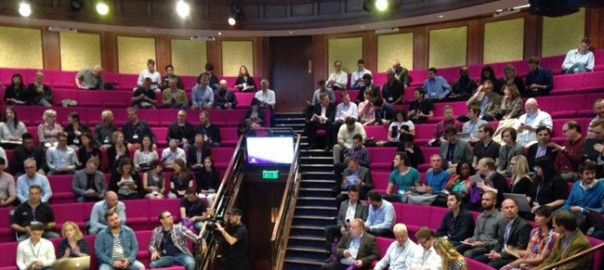Here’s my selection of top reads from the last two weeks…
Buzzfeed have started to take a leading in the Fake News debate. Their feature suggesting that the UK newspaper industry has been peddling fake news for yonks was inspired and shows just how complex this issue has become:
BuzzFeed News has revealed how Macedonian teenagers could make tens of thousands of dollars fabricating stories about Donald Trump, how fake news is spreading to Germany and Italy, and how fake news stories outperformed real news outlets during the US election.
But equivalent analysis of UK social media habits reveals the most popular dubious stories on British politics were almost always the work of long-established news outlets and relied at most on exaggeration rather than fakery. The evidence suggests that rather than reading complete lies, British audiences appear to prefer stories that contain at least a kernel of truth, even if the facts are polluted or distorted.
“We have always had a partisan press that people enjoy and have become acclimatised to,” said Charlie Beckett, professor of journalism at the London School of Economics. “Hyperpartisan news has always been part of our audience’s culture – and we do it better in some ways than fake news.”
Elsewhere, in What does a news organization optimized for trust look like? Melody Kramer wrote:
Perhaps that means thinking more closely about design and editorial choices in terms of media literacy. Maybe that means indicating to readers how many sources were used, or how facts were obtained. Or, if you’re using algorithms to make editorial decisions, maybe that means making that clear and obvious to the reader on every page where the technology is used. Or maybe it means developing more tools like the one The Wall Street Journal made, so that people can realize that what they’re seeing may not be what everyone else is also seeing.
Snapchat have become more vocal about their editorial guidelines:
The new rules more clearly state that publishers should not use overly sexualized or violent images as the initial visual that users are exposed to when they look at Discover and that content intended simply to shock or disgust is not allowed. Some exceptions are made for otherwise-forbidden material that has news value.
For the first time, the guidelines have a dedicated section detailing the warnings that publishers must run when graphic images are deemed newsworthy, as well as when to age-gate that content.
Meanwhile, Axios has launched. I’ve already subscribed to their excellent newsletter and their editorial strategy (Twitter meets The Economist’) is worth keeping an eye on:
The overall feeling these features create is that of a nesting doll, with individual articles nestled within excerpted summaries within a larger news stream. This idea runs counter to the principles of news design on many major websites, which put greater emphasis on article pages. But because every excerpt can be shared on social media, readers are left with a single page that’s composed of dozens of mini-articles.
The design was based on a listening tour undertaken by Axios’ co-founders, who wanted to better understand how people were consuming the news, Schwartz said. The prevailing response: People felt inundated with news and information and spent too much time deciphering what was worth reading and what wasn’t.
Remember photo galleries? That’s right, those things we were told to avoid because it’s all about video now. Well, apparently, people are still clicking on them.
Lastly, in other news, I recently presented at the London Agile Content Meetup group. You can find out what happened here.
Thanks y’all.
